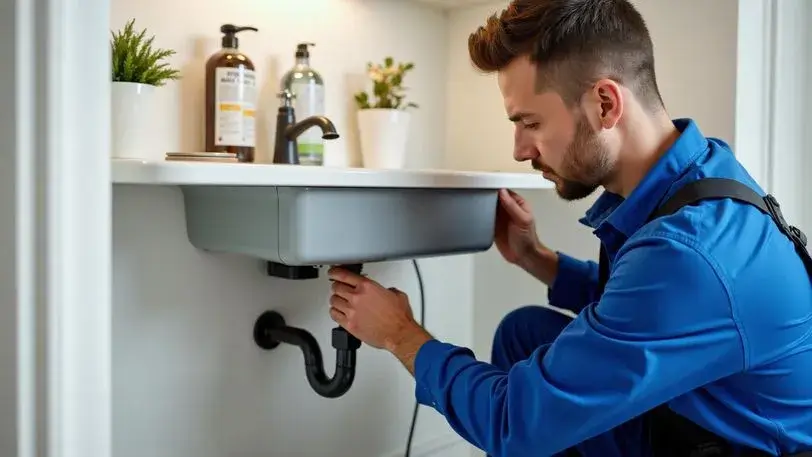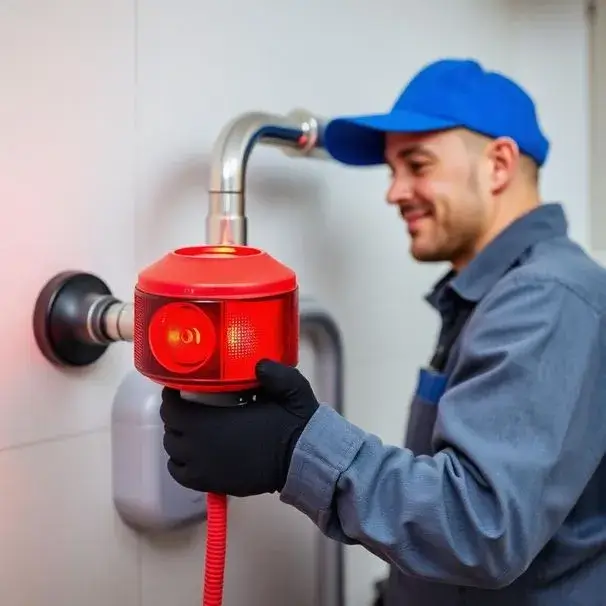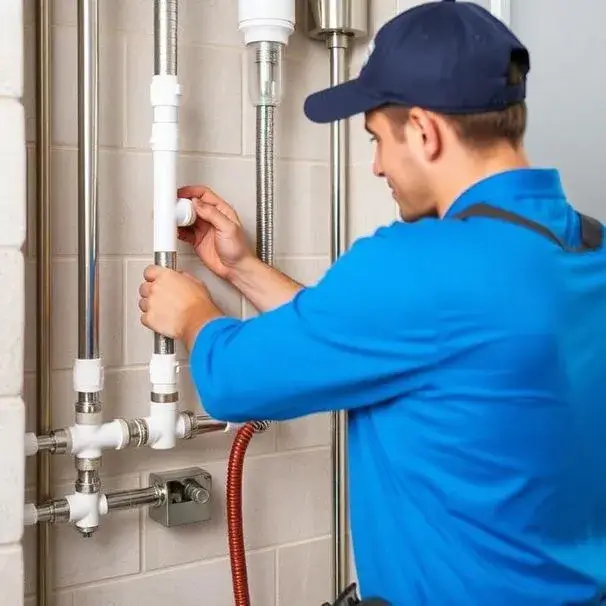Professional Plumbing Services
Expert Plumbing Solutions You Can Trust
24/7 Emergency Repairs • Reliable Service • Licensed & Insured
Our highly experienced plumbing technicians will quickly diagnose and solve your plumbing issues. We offer reliable repair, replacement, and installation services for a wide variety of plumbing systems and components.

Licensed & Insured
Fully certified professionals
24/7 Availability
Emergency service anytime
Experienced Team
Years of expertise
Quality Work
Satisfaction guaranteed
Our Plumbing Services
From emergency repairs to complete installations, we provide comprehensive plumbing services for your home or business.
Frequently Asked Questions
Find answers to common questions about our plumbing services
Full-service residential plumbing including leak detection and repair, faucet and fixture replacement, toilet repair, drain cleaning, sewer and water line services, water heater repair and replacement, and emergency plumbing assistance.
Emergency plumbing response is available through our network 24/7; typical response times depend on location and current call volume, and our dispatcher will give an estimated arrival window when you contact the line.
Yes, all technicians dispatched through this service are licensed where required and carry general liability insurance and worker’s compensation; you can request license or insurance details before work begins.
Pricing is based on the scope and complexity of the job, parts required, labor time, and any necessary permits; we provide upfront estimates or diagnostic fees before starting work and will explain any factors that could change the price.
We offer both depending on the job type—many common repairs and replacements are quoted at a flat rate, while more complex diagnostics or large projects are billed hourly with an upfront estimate.
Most repairs include a workmanship warranty on labor for a specified period and manufacturer warranties on parts when applicable; warranty terms are provided with your estimate and proof of service.
Yes, we coordinate both residential and commercial plumbing services and can scale crews and equipment for larger jobs such as commercial tenant fit-outs, backflow testing, or large sewer repairs.
Clear access to the affected area, turn off water to fixtures if possible, remove valuables from the work area, and have any recent plumbing history or photos available to help with diagnostics; our technician will walk you through necessary prep when confirming the appointment.
Yes, for jobs that require permits or inspections we can obtain permits on your behalf or provide documentation and complete work to local code standards; permit requirements vary by municipality.
Payment methods typically include major credit cards, debit cards, and electronic payments; payment is due at completion of service unless other arrangements are made and agreed to in writing.
Need Plumbing Services Right Now?
Our team is standing by 24/7 to help with your plumbing emergency
Call Now: +1-844-578-2593

